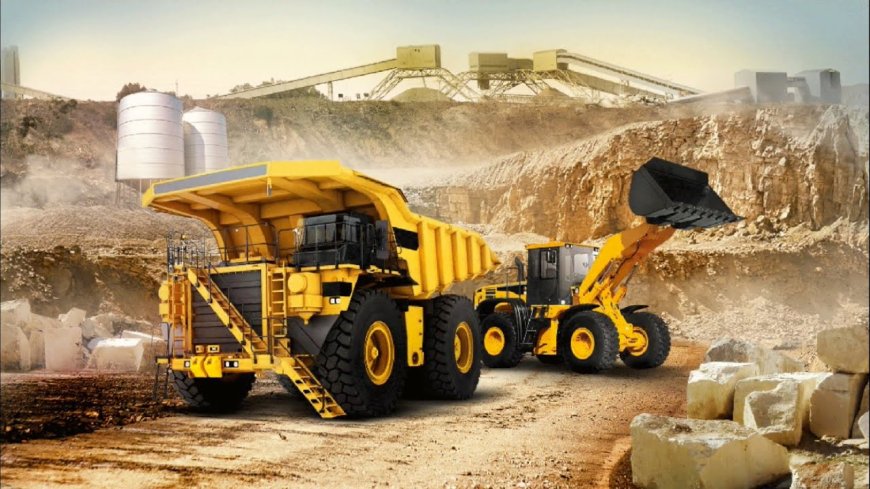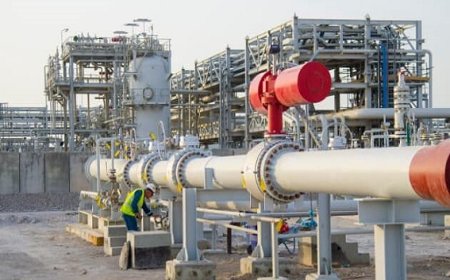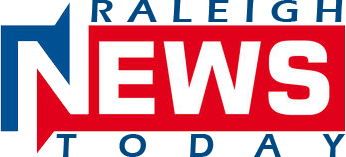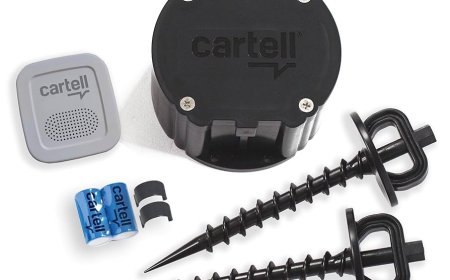Why Rental Growth Is Outpacing Sales in the Heavy Equipment Machinery Sector
The change in the market for heavy equipment machinery. Inclination towards renting the machine instead of investing in it! What’s the catch?

As we move forward in 2025, it has become starkly clear in the construction and infrastructure spaces that rental is surpassing direct purchasing of heavy equipment machinery.
While purchasing heavy equipment outright is still the favored option for large fleets and contractors. Also, more and more companies, especially midsize and smaller contractors, are opting for rental.
It's transforming the game for OEMs, dealers, and equipment finance companies as well. The market also witnesses rapid changes in trends and changes in the economic situation.
Flexibility Becomes a Priority
Constant pressure of inflation is making many contractors prefer operational flexibilities to ownership of capital. The change of interest rates and geopolitical tensions affect the price of the raw materials and logistics.
The change in the market and these economic fluctuations, therefore, compel the contractors and fleet managers to base their decisions on them.
When funding is delayed or project timelines change, rental enables businesses to scale their fleets up or down.
Renting offers a way to stay competitive while saving money and avoiding long-term liabilities. Unlike committing to the high upfront costs of owning heavy equipment machinery, particularly when project pipelines are uncertain.
Costs of Equipment and Financing Problems
The cost of new equipment has risen drastically over the past years because of the constraints of the supply chain and the need to comply with Tier 4/5 emissions.
These costs are becoming increasingly difficult to justify by many contractors, particularly when they are being pressured on profit.
High interest rates have raised the prices of loans even among those who seek loans despite the recent cuts.
Short to mid-term rental agreements have therefore emerged as the more alluring choice, offering access to modern equipment without encumbering debt.
Fleet Efficiency and Telematics Push Smart Renting
The other driver behind the growth in rentals is the growing rate of telematics and fleet management adoption.
These systems give detailed information about the rates of equipment usage, idle time, and consumed fuel.
In the case of many companies, this information shows that some of their machines are idle for a significant amount of time. It is an inefficient way to own machines.
The solution to this problem is provided by rental. Companies can make optimum usage of heavy equipment machinery by only using it when necessary, and drive down the total cost of ownership. This is more attractive in industries whose project needs are not constant in a month or season.
OEMs and Dealers Are Expanding Rental Arms
Seeing the market shift, big OEMs like Caterpillar, Volvo CE, and Komatsu are investing heavily in rental-focused strategies, either dealership growth or in-house, direct-to-customer models. Dealerships now offer flexible rental options in addition to traditional sales, and some even transform used equipment to meet rental demand.
The result? More products are finding their way into rental fleets instead of showroom floors. In some markets, new equipment availability has been constrained by the fact that OEMs and dealers have prioritized their rental business segments.
Environmental Regulations
The aging of diesel-powered machinery is quickly becoming a thing of the past. With new stringent emissions regulations being implemented in North America and Europe, as well as in some parts of Asia.
However, not all contractors are willing or even capable of investing in low-emission or electric heavy equipment machinery.
Rental helps companies to remain compliant with the new regulations without the whole burden of buying new and frequently more expensive equipment.
It also presents an opportunity for contractors to use trial new technologies such as hybrid loaders or electric excavators without making any long-term purchasing commitment.
How will this affect the market for heavy equipment in 2025?
The advancement of the rental model is further compelling OEMs and dealerships to rethink their business strategies. The companies that were more based on the sales of new equipment are diversifying to rental, leasing, and hybrid models as one of the mechanisms of remaining competitive.
In the meantime, the contractors and building companies are working on more flexible equipment plans, often mixing owned and leased equipment based on the complexity of the project, the duration of the project, and the location.
This means to the buyers, sellers, and investors that heavy equipment machinery in 2025 ceases to be a product; it is a service- and technology-enabled asset with changing value propositions.
Final Thoughts
The attitude of the industry on heavy equipment is shifting structurally, and a growth in rentals is not just a trend.
The ability to adapt through rental may prove more valuable than ownership itself as economics, regulations, and technology continue to change.
It's obvious that rental is changing the rules of engagement in the heavy equipment machinery market for 2025, whether you're a dealer thinking about how to meet demand or a contractor assessing your next equipment move.














































